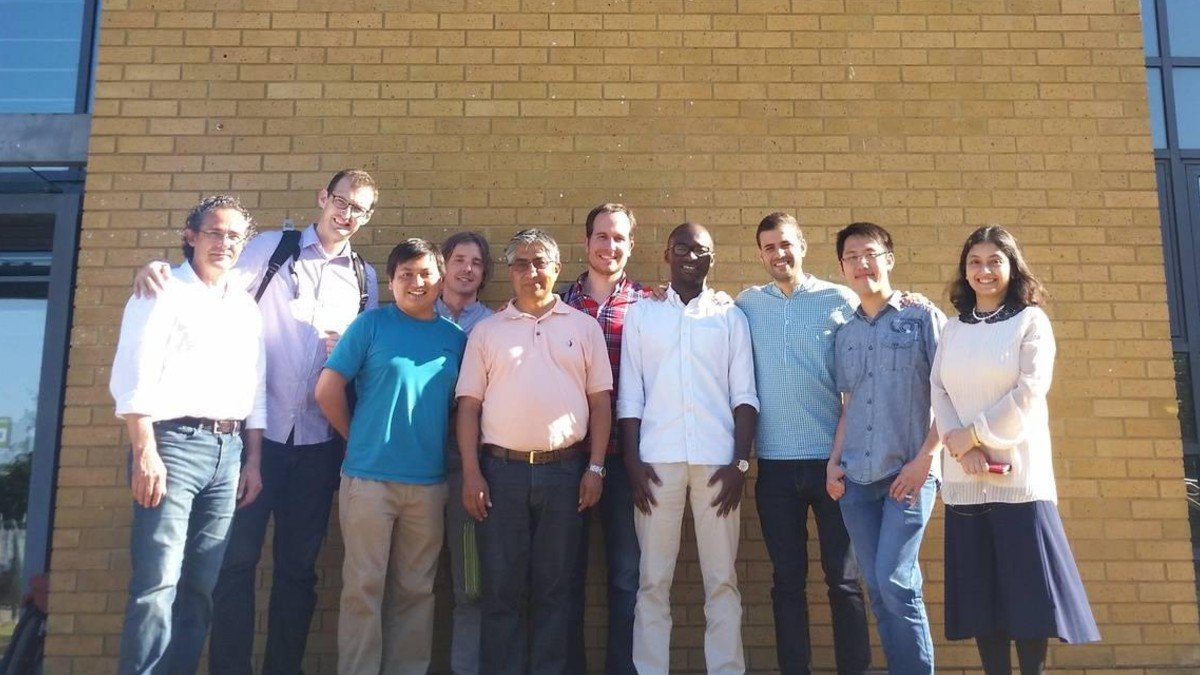Economic value generation and social welfare by waste biorefining
Start date
2015End date
2017Overview
This research involved the University of Surrey (Surrey), Imperial College London, UK, the National Research Institute of Forestry, Agriculture and Livestock (INIFAP) and Instituto Mexicano del Petróleo, Mexico. In this project, through exchange visits between the project partners, we delivered the following work packages:
Work package one (WP1)
INIFAP and Surrey have analysed biomass physical attributes that determine bioenergy and biorefinery feasibility in Mexico. The spatial distributions of available agricultural and forestry biomass in Mexico have been created using geographic information systems for 2,457 Mexican municipalities and 31 states.
Assessed biomass has a potential of contributing 6.85 per cent of the total energy production in Mexico. This is an enhancement from identified prospect of bioenergy by 4.14 per cent by the SENER. This study has identified locations with a high bioenergy generation potential. The determining factors have been easy accessibility and dense biomass availability. For remote locations, pelletising biomass at distributed scales and then transporting biomass pellets to a bioenergy generation facility are forecasted. Consultations with industries on further research and development and implementation are ongoing.
Work package two (WP2)
Imperial College London and Instituto Mexicano del Petróleo have undertaken experimental studies for proof of concept generation on liquefaction of biomass under supercritical conditions.
Work package three (WP3)
The University of Surrey, National Research Institute of Forestry, Agriculture and Livestock and Imperial College London have investigated the techno-economic and environmental feasibility of biochemical conversion of lignocelluloses available in Mexico into bioethanol.
The conceptual design of the integrated biorefinery system consists of three sections:
- Pretreatment, enzymatic hydrolysis, fermentation and bioethanol purification
- Wastewater treatment and anaerobic digestion
- Combined heat and power (CHP) system.
Wet analysis including compositions of constituents of hemicellulose, cellulose, lignin, ash and moisture has been collated for 19 forestry and 13 agricultural lignocelluloses in Mexico (WP1) and used as input variables to the models for techno-economic and carbon footprint analyses of their conversions into the products. Lignocelluloses included in the analyses, pinus and wood species, agave, sugarcane and apple bagasse, rice and barley husks, wheat straw, grass species, coffee pulp, corn stover and sweet sorghum stalks, are selected on the basis of rational judgement on their yields, land availability and ease of collection from the field.
The planned bioethanol projects in Mexico are considering first generation feedstocks, WP3 has generated scopes for retrofitted engineering solutions that could be adopted by the companies as part of their mid-to long-term plans for expansion, or even for converting the plants to second generation feedstock by processing the crop and forestry residues.
In order to inform such companies, detailed techno-economic analysis, environmental impact assessment and integration of process alternatives have been carried out in this research project.
Work package four (WP4)
The University of Surrey and Imperial College London have investigated optimal process flowsheets using a simulation/modelling approach in Aspen Plus and Excel, mass/energy balances, and size of unit operations based on environmental (carbon and resource footprint) and economic criteria.
Work package five (WP5)
By applying systematic process integration principles, a gap between optimal integrated design and current design has been identified and a stage-wise investment strategy versus retrofit options have been recommended.
A key take-home message regarding sustainable bio-economy iterated the importance of international research exchange programmes like this. The key areas where this project has contributed are: Advancing biorefinery engineering; waste-stocks and resource recovery; sustainability and circular-economy. These are also the most important global issues that will lead to major engineering/social innovations over next few decades and will be of interest to the Development Assistance Committee listed countries.

Outputs
Publications
Honorato-Salazar, J.A. and Sadhukhan, J., 2020. Annual biomass variation of agriculture crops and forestry residues, and seasonality of crop residues for energy production in Mexico. Food and Bioproducts Processing, 119, pp.1-19. https://doi.org/10.1016/j.fbp.2019.10.005.
Sadhukhan, J., Martinez-Hernandez, E., Amezcua-Allieri, M.A. and Aburto, J., 2019. Economic and environmental impact evaluation of various biomass feedstock for bioethanol production and correlations to lignocellulosic composition. Bioresource Technology Reports, 7, p.100230. https://doi.org/10.1016/j.biteb.2019.100230.
Galano, A., Aburto, J., Sadhukhan, J. and Torres-García, E., 2017. A combined theoretical-experimental investigation on the mechanism of lignin pyrolysis: Role of heating rates and residence times. Journal of Analytical and Applied Pyrolysis, 128, pp.208-216. https://doi.org/10.1016/j.jaap.2017.10.009.